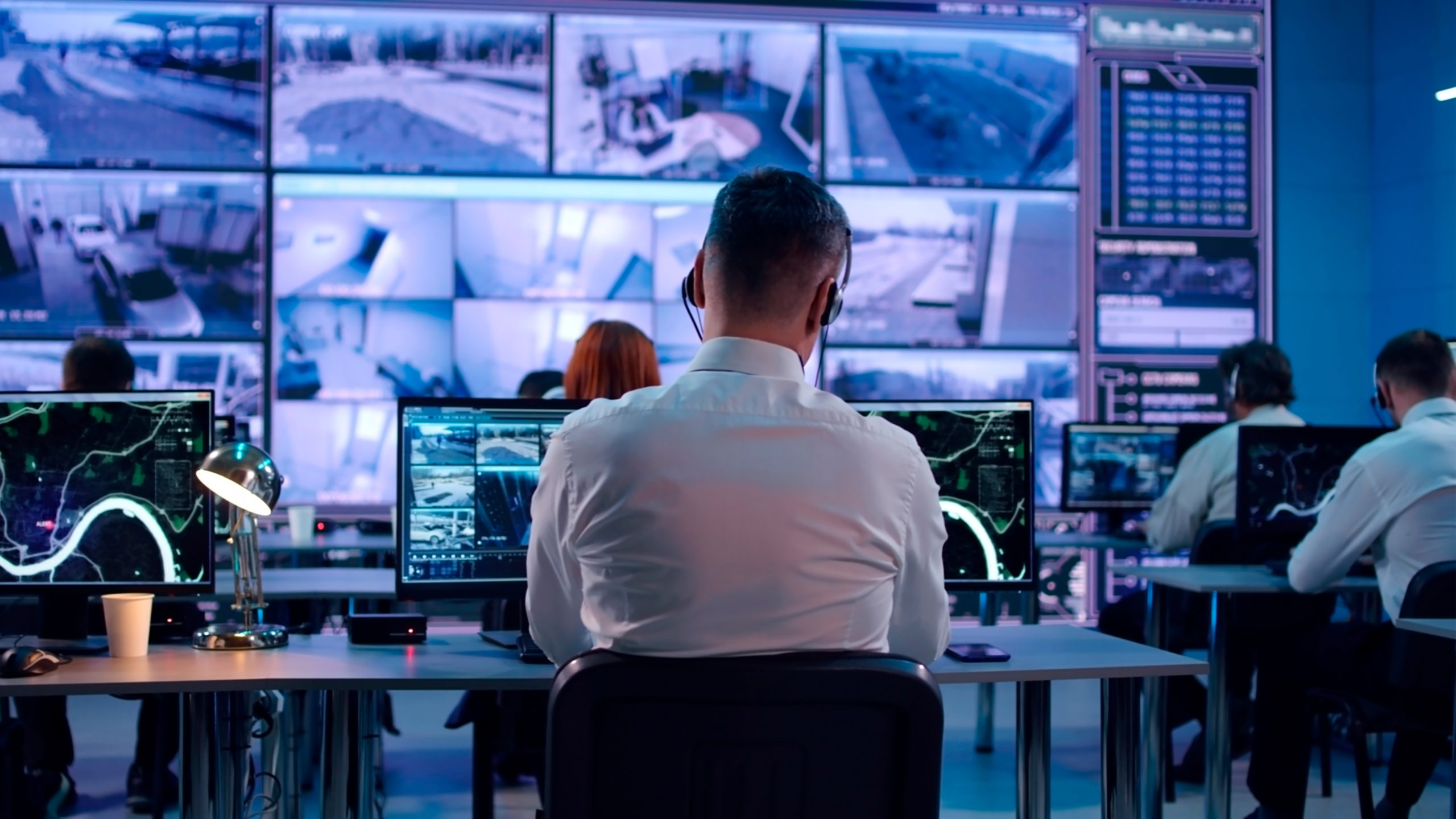Our experience spans two dedicated websites.
Discover the world of Collaborative and Meeting Spaces:
Discover the world of Collaborative and Meeting Spaces:
Last update: 12/05/25
The heart of any process industry is undeniably the industrial control room. This is the hub where all critical information converges, ensuring not only the seamless operation of production but also the safety of personnel and the quality of the products.
Recognizing this importance, it becomes evident that designing an industrial control room should be approached with precision and professionalism. Any oversight or misstep can have substantial ramifications for the performance of the entire industrial facility.
Industrial control rooms, the pivotal core of a process industry, are present in a myriad of sectors, from chemistry and food processing to energy, pharmaceuticals, and even all robotized sectors such as mechanical and electronic industries.
Now, let’s delve deeper into the intricacies and distinctive features of these industrial control rooms.
At the core of these rooms, operators shoulder two pivotal responsibilities:
While there might be parallels with other monitoring rooms, industrial control rooms have their own unique characteristics. They amalgamate a broad spectrum of sources ranging from industrial sensors and surveillance systems to quality indicators. Depending on their requirements, operators can toggle between varied views of a singular source.
SCADA systems are frequently foundational within the infrastructure of industrial control rooms. This system furnishes varied perspectives, like a granular view of a prep workshop, juxtaposed with another vantage of a production line or a complete process. Complementing SCADA, dedicated software solutions ensure meticulous real-time tracking of product quality.
Operators within industrial control rooms assume a dynamic role. They transition between the control room and onsite workshops, thereby ensuring unwavering and proactive oversight of all processes. Given the substantial investments typically channeled into process industries, most industrial control rooms function around the clock, 24/7. This continuous operational tempo, paired with the inherent stress of overseeing vital processes, underscores the importance of ergonomic considerations, ensuring that every operator works under optimal conditions. In this scenario, the supervisor emerges as a linchpin, steering and synchronizing a cadre of seasoned operators.
To encapsulate, industrial control rooms transcend being mere workspaces. They are the very pulse and lifeblood of any process industry. Every facet of their inception, infrastructure, and operation requires meticulous foresight. For those at the crossroads of optimization, refurbishment, or creation of their bespoke rooms, a methodical, technical, and organizational prowess becomes a requisite.
Place your trust in Motilde to shepherd you through the labyrinth of optimizing and crafting your supervisory environments. Reach out for an in-depth discussion. A specialized engineer awaits to assist you promptly!

Copyright © 2025. MOTILDE. All rights reserved.